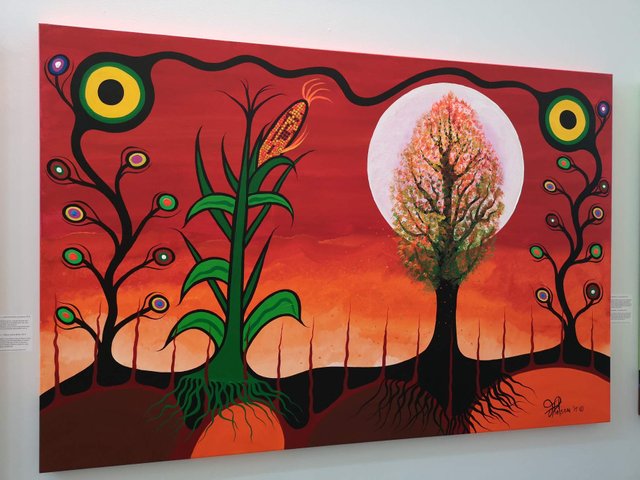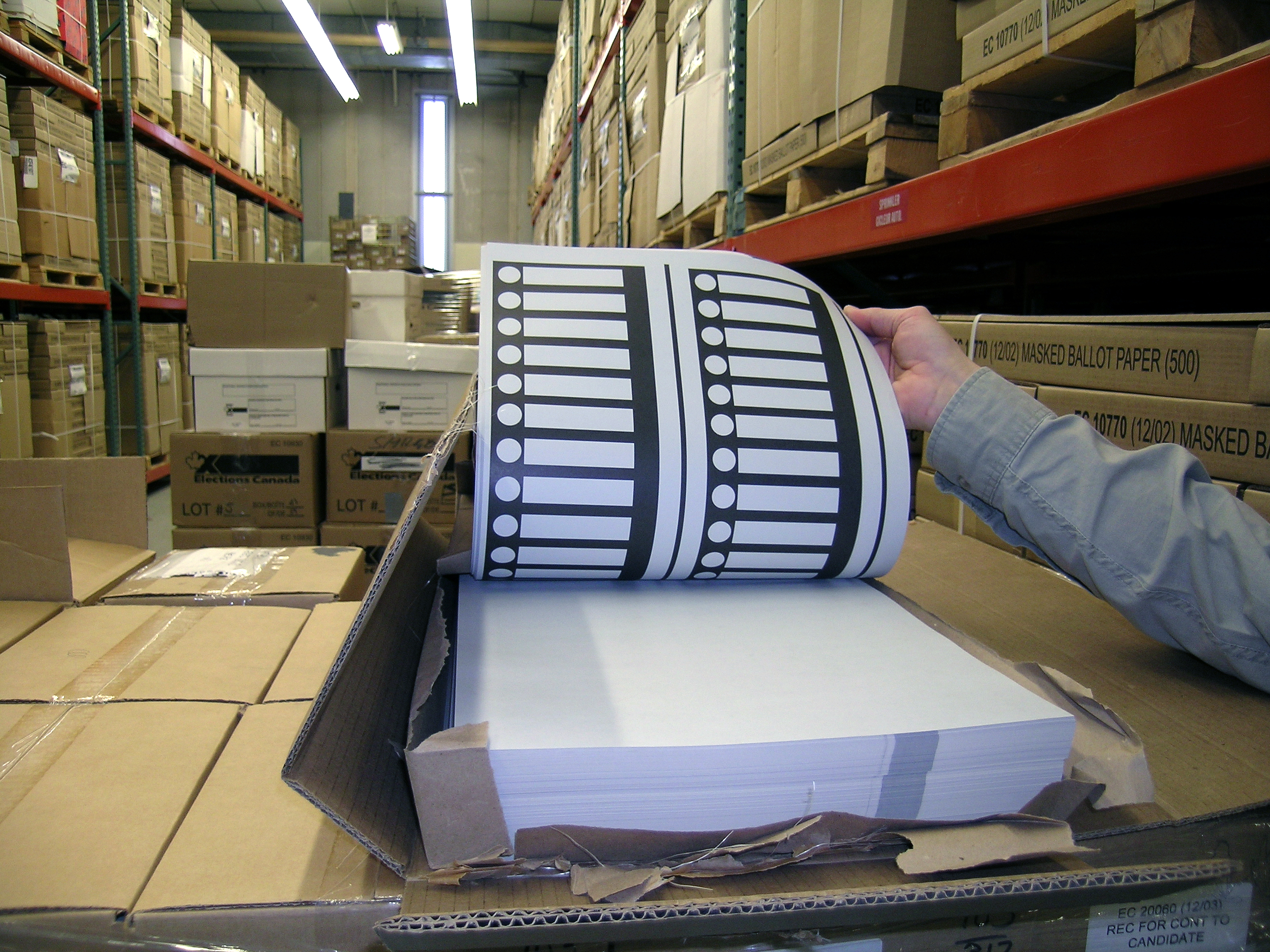Hi everyone! Welcome to Year II at the Faculty of Education
Welcome back, we hope you all had a great summer. Most of you are just returning from your first practicum session and we know you have stories to tell and questions to ask. As we did last year, we will be sending out a weekly blog and invite you to contribute if you would like to (and we will accept even more photos of marmots).
Typically, we will be meeting every second Thursday starting this Thursday, September 16. Please check the UCC 3151 course syllabus for exact dates. This Thursday, after the 8:30 – 9:30 session with Tracy, we will be having a general welcome with Linda Radford and Geordie Walker. We will break up into our specific cohort sections at about 10:45 so our first session will be short.
This will be an incredible year for all of you and we are glad to be a part of your experience. Major 3151 projects/activities this year include: practicum, course work, UCC Book Club, developing your digital hub, Students for Change project, and preparing to find work 😃
As one of your first 3151 course activities, please remember to read (2 minutes) this Returning to the Place of Origin
When young people can develop the ability to connect with others and act on behalf of and in solidarity with a larger community, then they can not only thrive in their own lives and paths but also uplift those around them. A collectivist mindset disrupts the alienating prioritization of the individual.
Gerardo Muñoz
The author mentions an incredible video that will be a key part of our book study later in the semester
Abolitionist Teaching and the Future of Our Schools
This Week
Plan for Thursday, September 16
Linda will give an overview of the UCC capstone project regarding the Students For Change assignment. Geordie will be joining us for about 15 minutes to speak to our teacher candidates about the interview process and how he and other OCDSB principals have been changing interview questions to gather information regarding commitment to antiracism and culturally responsive pedagogies. The timing looks like this:
8:30-9:30 Tracy’s large group session
9:45-10:35 UCC Year Two Orientation
10:45-11:20. Faculty Supervisors – we will send out our link to you on Wednesday night.
Aside from Tracy’s comprehensive list in her September 12 Brightspace Announcement. Here are some priorities for this week.
Make sure your practicum folder is up to date and that you have shared this link with your AT. Please make sure we can access the folder as well – throughout the year. We have gone through the links and have requested access where we don’t have this yet. . Once again, here is the link to the folder https://docs.google.com/spreadsheets/d/15UViiWVJMroq0IcGXkHmiAKhjXyEF5V-vYkCMHrsz-E/edit?usp=sharing
Please make sure you have a copy of the Kendi book – it is actually a great read with lots of personal stories by the author.

There are two Virtual Open Door sessions that are available next week to check in or ask questions.
- Monday, September 13- 2:30-3:30 pm
- Thursday, September 16- 2:30-3:30 pm
UCC Bookclub – introductory video

Gros Morne Park, Tablelands
What are the Tablelands?
Geologists once believed that the Tablelands were the remnants of molten rock that had oozed up from deep inside the earth. However, at nearby Lobster Cove, a discovery was made by geologist Robert Stevens that proved they were wrong. He found pieces of rock containing chromite that was over four hundred and eighty-five million years old, which was much older than other rocks found in the area. These tiny pieces had eroded from the Tablelands.
Stevens discovery lead to the fact that the Tablelands, are actually the remains of an ancient ocean floor that existed five hundred million years ago. This ocean, called Iapetus, once lay along the eastern coast of North America from Newfoundland to Florida. Tectonic forces pushed remnants of this ocean upwards so that they were preserved within the super continent, Pangea. It is a truly awe-inspiring sight to behold, as you make your way over these huge slabs, which were once part of the ancient Iapetus Ocean floor.
The Tablelands, are predominantly made of ultramafic rock (peridotite), that lacks the usual nutrients required to sustain most plant life, hence the barren landscape. Because of this, there’s virtually no wildlife, which is an odd concept considering the entire park has thousands of moose. The rock is very low in calcium, very high in magnesium, and has toxic amounts of heavy metals. Peridotite is also high in iron, which accounts for its reddish-brown colour. Underneath this weathered zone, the rock is really a dark green colour.









